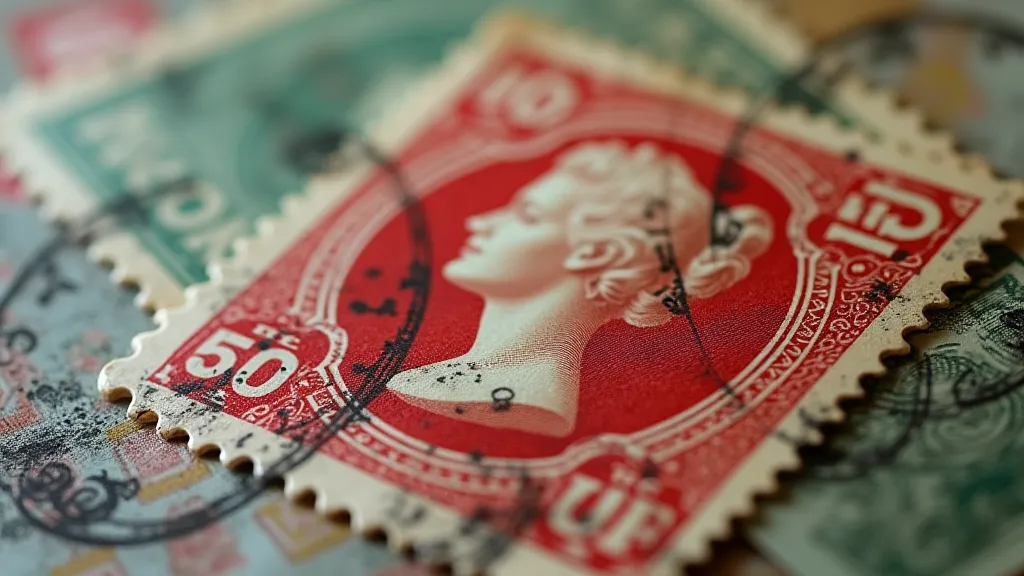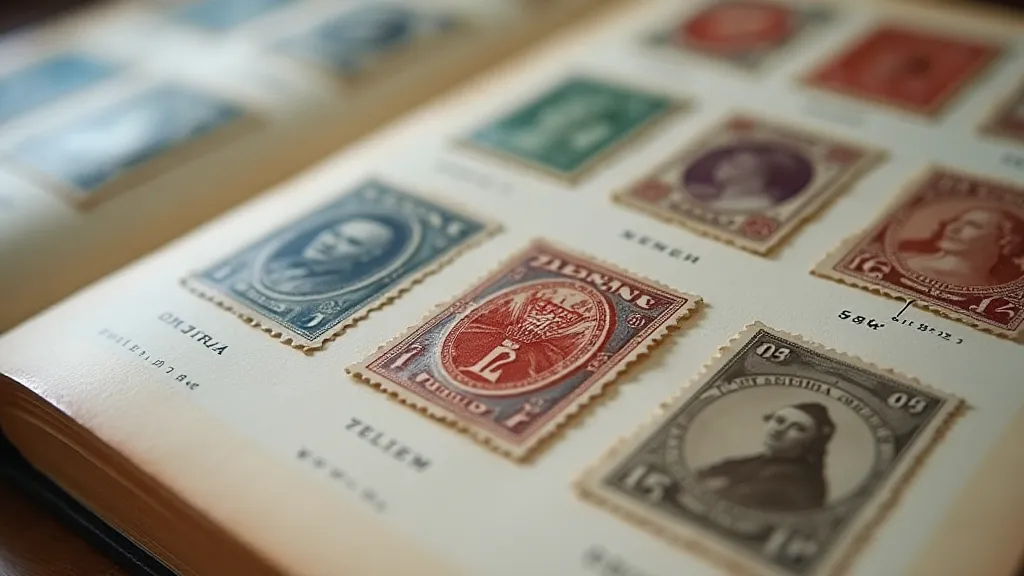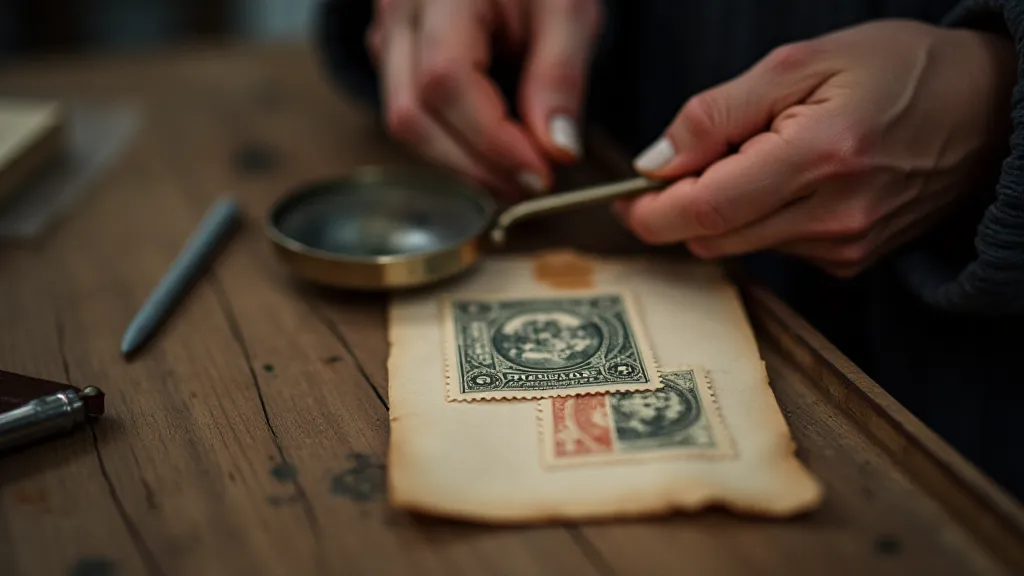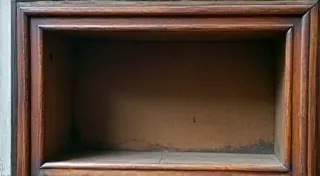The Weight of Absence: The Intangible Value of Unused, Mint Condition Stamps
There’s a peculiar melancholy that clings to a perfectly preserved vintage postage stamp. It's not the sadness of loss, exactly, but something more subtle, a poignant awareness of potential unrealized. We, as collectors, hold in our hands a tiny fragment of history—a testament to a moment that never quite happened. Consider an antique accordion, pristine and untouched. Its bellows never expanded in a lively polka, its keys never danced beneath nimble fingers. Is its value diminished by that absence? I believe not. It’s the same with these diminutive pieces of paper, the ‘mint’ stamps, and their particular allure.
Philately, the study of stamps, often divides into two camps: those who cherish the evidence of travel, the postmarks, the cancellations, the journey the stamp undertook. And those, like myself, who are drawn to the untouched, the 'mint' condition, the echo of a potential journey never taken. It’s a philosophical difference as much as a collecting preference. A used stamp tells a story – a letter sent, a connection made, a distance bridged. A mint stamp, however, whispers of countless possibilities. What letter might it have carried? To whom was it destined? What news might it have conveyed?
My own journey into this fascinating world began, surprisingly, with my grandfather. He wasn’t a stamp collector per se, but he had a single album, tucked away in a dusty attic trunk. It wasn't meticulously organized; more a haphazard accumulation of pieces that had been given to him by his own father. Among the jumble of common commemoratives, I found a few glorious exceptions: a bright red Newfoundland “Bird Series” (1898), a Prussian Blue Imperial (1871), still crisp and vibrant. They weren't perfect; some had slight toning, the very essence of age imprinted upon them. But their untouched gum (the original adhesive layer) was largely intact, offering a tantalizing glimpse of their original form. I didn’t understand their value then, but the sheer beauty of those tiny artworks captivated me. I felt a reverence for them, a sense that I was holding something precious.

The Craftsmanship Behind the Paper
To truly appreciate the value of a mint condition stamp, one must understand the craftsmanship that went into their creation. In the 19th and early 20th centuries, stamp production was a painstaking process. Engravers, often working from intricate designs, would meticulously carve the details into metal plates. These plates were then used to print the stamps, often using multiple colors – a process requiring incredible precision. The paper itself was often handmade, using long-fiber rag content to ensure durability and a pleasing texture. Compare this to modern, mass-produced stamps, and the difference is stark. The older stamps possess a tactile quality, a depth, that simply cannot be replicated. A 'mint' example preserves this artisanal touch, offering a direct link to the skills and artistry of a bygone era.
The gum is a crucial element in determining a stamp's value and desirability. Originally applied to the back of the stamp to facilitate postage payment, the gum itself is a complex adhesive formulation that has varied considerably over time. Different gum types have distinct characteristics – some are brittle and prone to cracking, others are more pliable and retain a creamy, almost waxy appearance. The condition of the gum is a key indicator of a stamp’s overall preservation.
Preservation vs. Usage: A Philosophical Divide
The philatelic world frequently debates the merits of preservation versus usage. Collectors who specialize in used stamps find beauty in the postmarks, the cancellations, the evidence of a stamp’s journey through the postal system. They see the story told by the stamp’s travels as integral to its value. And they are, of course, entirely correct. A canceled Newfoundland Bird, for instance, speaks of a specific moment in time, a tangible link to a specific location and recipient. But the allure of a mint condition example lies in its potential – the echo of countless journeys that never transpired.
The reality is, a ‘mint’ stamp is a relic. A testament to a postal system that once thrived, a tangible symbol of a time when handwritten letters were the primary means of communication. It represents a connection to the past that is increasingly rare in our digital age. The absence of usage doesn’t diminish this value; it enhances it. It allows us to imagine, to speculate, to connect with a past that is simultaneously familiar and distant.

The Subtle Art of Conservation
Preserving a 'mint' stamp isn't merely about storing it away in a protective sleeve. It requires a delicate understanding of the factors that can degrade these fragile artifacts. Light, humidity, and improper handling are the primary enemies of a mint condition stamp. Archival-quality stamp mounts, specifically designed to protect stamps from moisture and acidity, are essential. Careful handling, using clean cotton gloves, minimizes the risk of fingerprints and damage.
Restoration, a controversial topic in philately, is generally discouraged for mint condition stamps. Any attempt to "improve" a stamp’s appearance – to remove toning or repair damage – almost invariably diminishes its value. The beauty of a vintage stamp lies in its authenticity, its imperfections, its connection to the past. A slight crease, a hint of toning, these are not flaws; they are marks of history, evidence of a journey through time.
The Weight of Absence: A Continuing Fascination
Ultimately, the value of a mint condition vintage stamp isn't solely about monetary worth. It's about the connection we feel to the past, the appreciation for craftsmanship, the allure of unrealized potential. It’s about that peculiar melancholy, that poignant awareness of what might have been. It’s about holding a tiny piece of history in our hands and contemplating the countless stories it could have told. And in a world increasingly dominated by the ephemeral, these small, perfectly preserved fragments of the past offer a tangible link to a time when things moved a little slower, and connections felt a little more personal.






